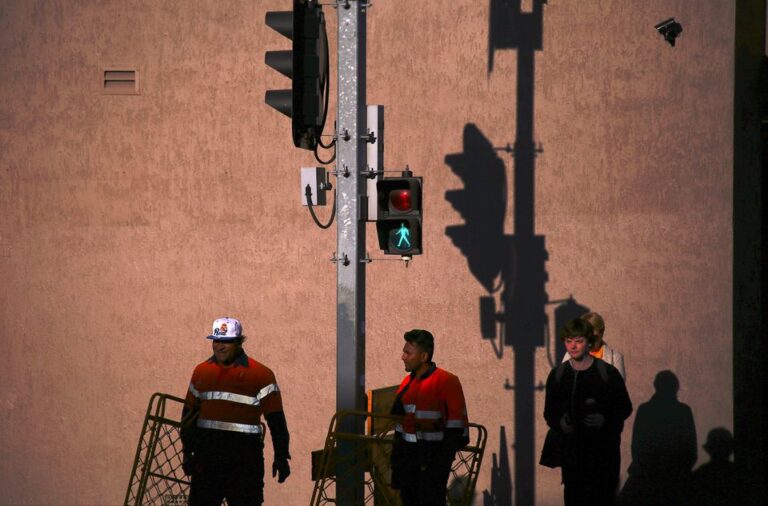
SYDNEY, (Reuters) – Australian wages picked up last quarter as a rapidly tightening labour market drove intense competition for workers, but annual growth was still short of levels that policy makers say would justify a rise in interest rates.
Figures from the Australian Bureau of Statistics out on Wednesday showed its wage price index (WPI) rose 0.7% in the December quarter, matching forecasts and the largest increase since late 2013.
The annual rate picked up to 2.3%, but missed forecasts of 2.4% which caused a dip in the local dollar. The private sector saw growth of 2.4%, while the public payroll lagged at 2.1%.
Wage growth was still only back to where it was in mid-2019 and short of the 3%-plus levels the Reserve Bank of Australia (RBA) argues is needed to keep inflation at target.
It is also below consumer price inflation of 3.5%, meaning real pay is going backwards.
Of the 18 industries the ABS covers on wages the only one to clear 3% last quarter was accommodation and food, reflecting the lack of migrant labour with the borders closed.
National pay claims have not topped 3% since early 2013 and there is a lot of structural inertia in the pay award system, a major reason the RBA believes it can keep policy super-loose until later in the year.
Financial markets are not so sure and have long been pricing in a hike in the 0.1% cash rate by June, with rates reaching 1.25% by year end.
The labour market is clearly tightening with unemployment having fallen sharply to a 13-year low of 4.2% and expected to drop further given vacancies are at record highs.
Cost pressures from supply bottlenecks and high global commodity prices are also percolating through the economy.
Australia’s second largest grocery chain Coles Group Ltd (COL.AX) on Tuesday warned inflation had broadened last quarter and would last through the first half of the year.
The RBA itself recently signalled a switch away from focussing just on wages to a range of measures to gauge price pressures, including unit labour costs, job switching, bonuses and industry liaison.
“Anecdotally, wage growth is “everywhere but in the data”,” noted Catherine Birch, a senior economist at ANZ. “But given the shift in the balance of power towards employees, and the overseas experience, we think the wage growth will hit 3% by the second quarter and 3.5% by year end.”
“This is consistent with our expectation that the RBA will start hiking the cash rate in Q3.”






